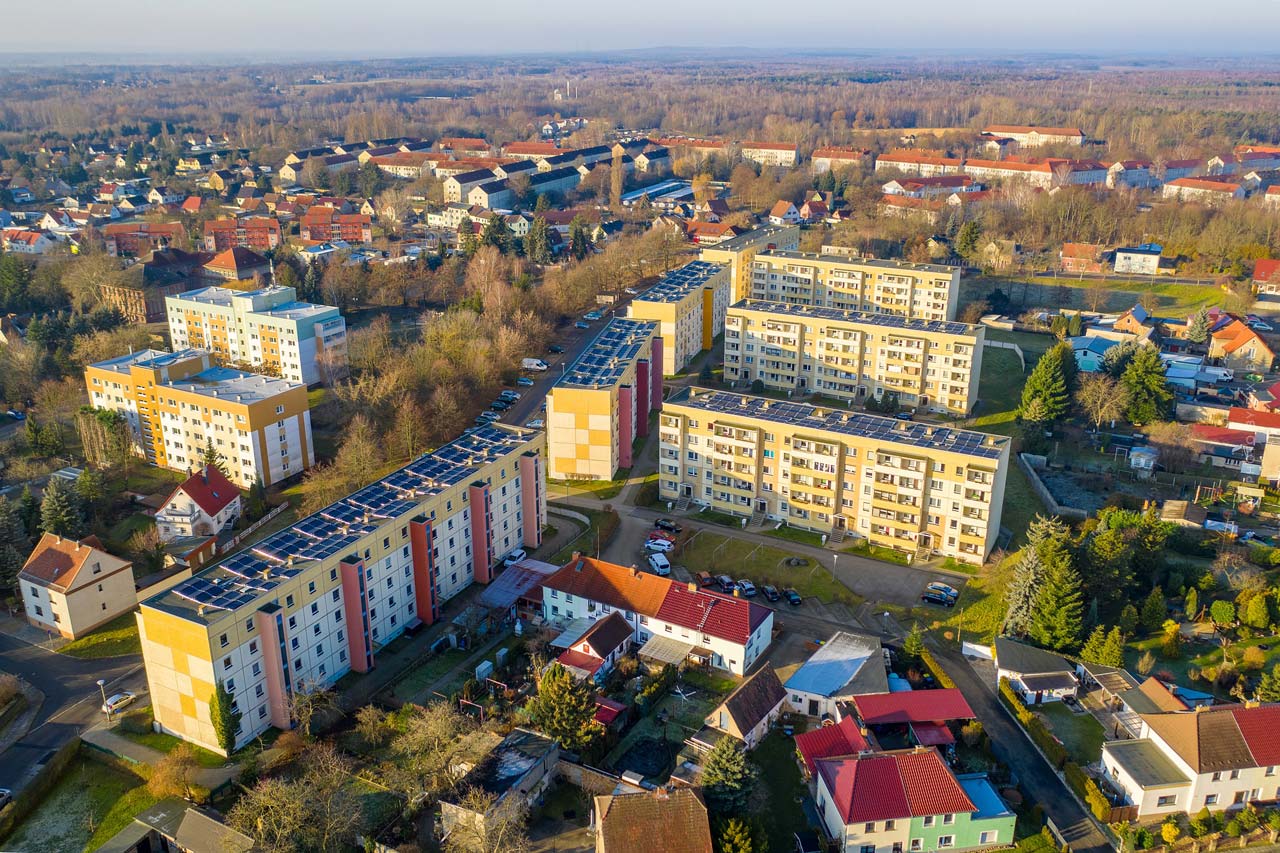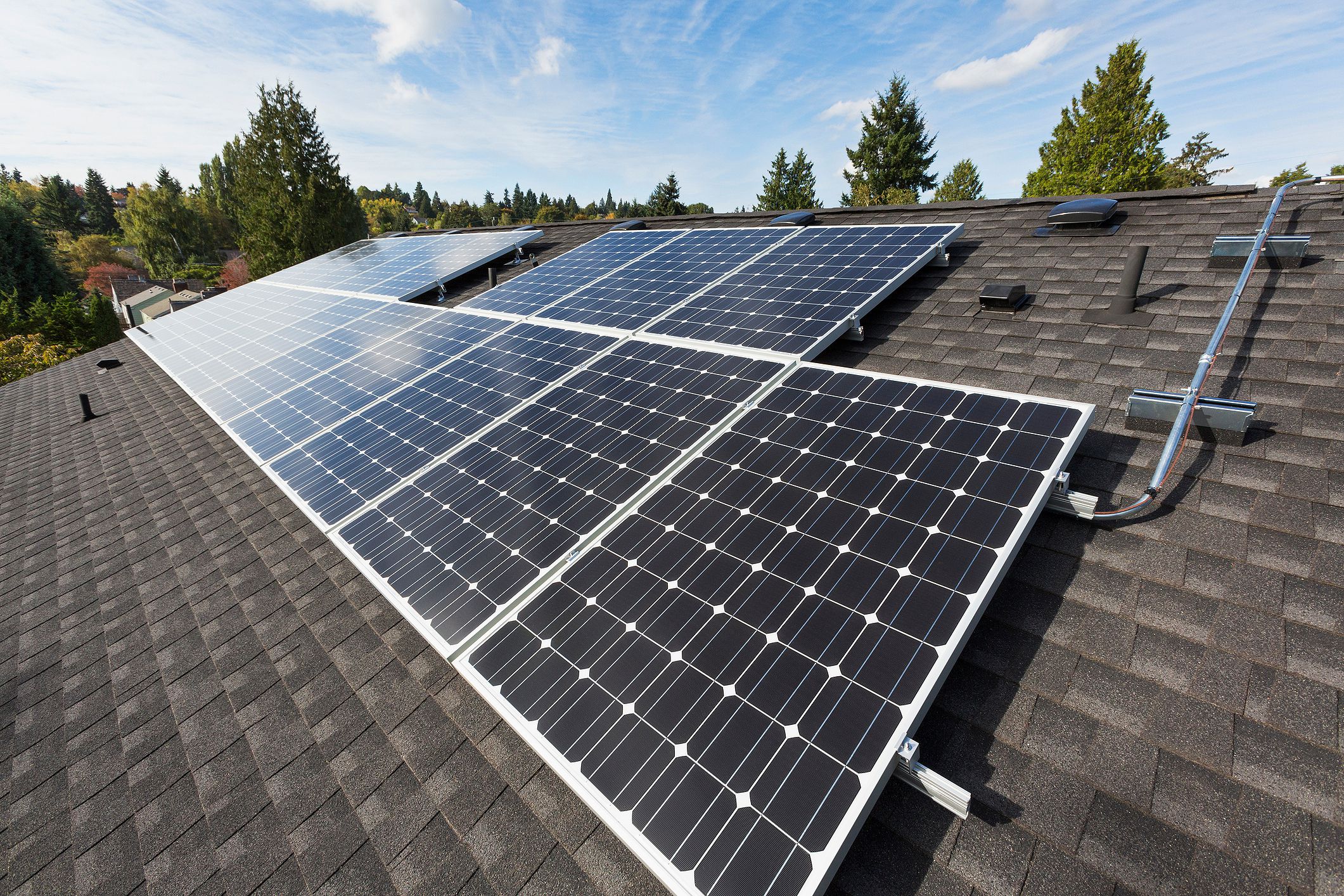A lot of solar energy reaches the earth and this energy can be harnessed and made more useful. Solar energy hits the earth every day but the energy may reduce during cold seasons like during winter. Solar energy is also lower during cloudy days and during the night and therefore it is important to harness as much solar energy during the day and have a large battery bank to store this energy for use during the night. There are many uses for solar energy that includes providing lighting to homes, providing power for buildings. Solar energy can also be used to power cars or even heating water.

There is more safety when using solar energy when compared to the traditional electricity system. Another benefit of solar energy is that it reduces the dependence on imported oil or other fuels that can easily run out of supply and can also be too expensive. Solar energy systems can be installed at any place including on top of buildings or even in open fields. New technology is being introduced for the uses of solar energy and improving the efficiency of this energy and therefore it is a worthwhile investment. Given below are some interesting facts about solar energy.
1. Only 50% of the Energy From the Sun Reaches the Earth
The sun produces a lot of energy and this energy heats the land and water on earth. It is estimated that more than 170,000 billion warts of solar energy reach the earth hit the earth over any time. In other words, the sun produces a billion times the energy that your smartphone produces in one year. However, only 50% of this energy reaches the earth’s surface because some of the energy is absorbed into the atmosphere and the clouds also reflect some energy into space.
2. Solar Energy is Converted into Electrical Power by Solar Inverters
Once solar energy is harnessed, it can either be used as solar energy or it can be converted into electric power. This is done using a solar inverter which converts direct current to alternate current so that you can use this energy in your home in the form of electricity. To learn more about this, take a look at this solar panel inverter review. You can then make an informed decision when investing in solar energy.
3. Solar Energy Provides Vitamin D
Some of the vitamin D in your body comes from the sun while the rest comes from dietary sources. When the ultraviolet light from the sun hits our skin the cholesterol in the skin converts the pre-vitamin form of vitamin D to vitamin D. Vitamin D is then taken up by the body and plays important roles like bone growth.
4. Solar Power Plants Can Last for More Than 40 Years
When most solar power plants are built this agreement states that the plant will last for about 20 to 25 years but the truth is that these power plants are still useful for a further 20 years or so. Even when the solar plant is more than 40 years old, the infrastructure that has been used in its construction still has an economic value. However, solar panels should be replaced with new and efficient ones unlike the solar power plant that has a long lifespan.
5. The First Solar Power Station was Constructed in 1912
The first solar power station was constructed in Egypt in the year 1912 by a man called Frank Shuman. Shuman had the vision to produce a type of energy that could still be used when coal and other sources of oil run out. The plant only produced 50 kilowatts of energy and current technology has increased the amount of energy that can be harnessed from solar energy.
6. Solar Energy can Purify Water
Water can be purified using solar energy. This can take the process through two methods that are solar desalination or solar distillation. The ultraviolet light in solar energy can be used to purify water because it kills bacteria and other contaminants in water that can cause diseases. Most people use solar energy to heat water because it is more cost effective than electricity. However, it is also important for people to be aware that you can get an extra benefit of water purification using solar energy.
7. Solar Energy is the Only Renewable Energy Source
Solar energy is one of the sources of renewable energy and some experts refer to it as the only source of renewable energy. This solar energy cannot run out and is constantly replenished every day. This is why many governments and large organizations are making intentional efforts to increase the use of solar energy.
8. Solar Energy Does Not Cause Global Warming
Unlike coal, fuel, and other sources of energy that cause climate change, solar energy is safe for the environment. Solar energy does not emit toxic gases to the environment.
9. Solar Energy Provides Some Calories in Our Diet
Plants use solar energy in a process called photosynthesis which transforms light into chemical energy. Therefore when you are consuming plant products like fruits and vegetables, you get some calories from the sun. You can still get these calories even when you consume meat because the animals had consumed these calories.
10. Return on Investment

When you are using electricity to power your home, you will incur a cost when paying electricity bills. However, when you install a solar energy system, you will only incur the installation cost and you can even use this energy to make money therefore it offers a return on investment.
Solar energy is harnessed from the energy that comes from the sum. There are many uses for solar energy including heating water, lighting the house, and even powering solar cars. Some of the interesting facts about solar energy include the fact that it is the only source of renewable energy, it does not pollute the environment and plays a role in the production of vitamin D in the body. Another interesting fact about solar energy is that solar power plants can last for more than 40 years once they are constructed while still retaining their value. However, solar panels need replacement over time with modern ones that are more efficient.








